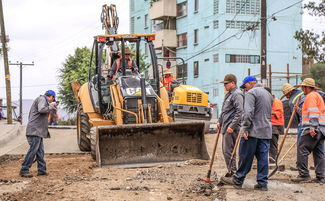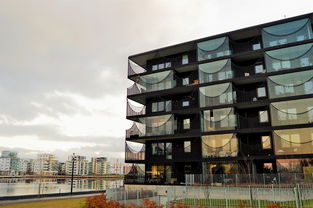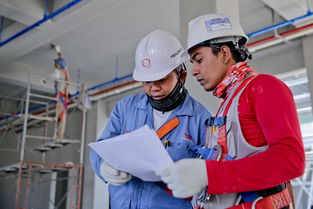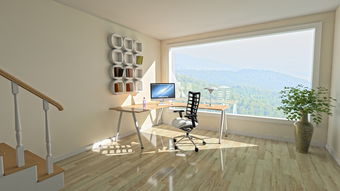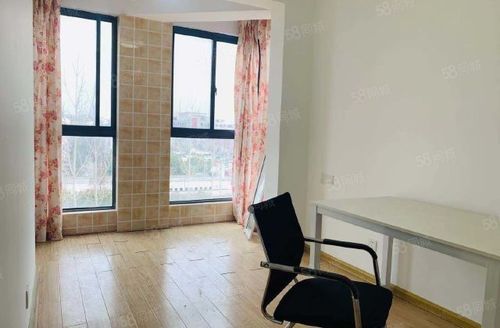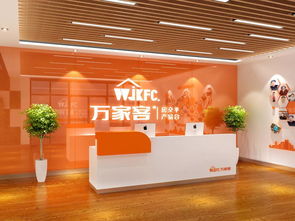Title: Designing the Fitness Future: A Comprehensive Exploration of Fitness Equipment Terminology in English
In the realm of architecture and urban planning, fitness facilities have evolved from mere gyms to integral components of modern lifestyle centers, promoting health and wellness in diverse settings. As a dedicated building designer, I delve into understanding the intricate language of fitness equipment, ensuring their seamless integration into functional and visually appealing spaces.
Fitness equipment, often referred to as 'fitness gear' or 'fitness machinery,' encompasses a wide range of tools that cater to various workout routines. From cardiovascular machines like treadmills and ellipticals for cardiovascular endurance to strength training equipment such as weights, resistance bands, and gym machines, each piece has its unique English terminology.
Let's start with the basics. Treadmills, those iconic machines for running and walking, are called 'treadmills' or 'running machines.' Elliptical trainers, known for their low-impact motion, are often referred to as 'elliptical trainers' or 'ellipticals.' Stationary bikes, or 'spin bikes,' are simply 'bicycles' in this context.
For weightlifting and resistance training, you'll encounter terms like 'weight plates,' 'barbells,' 'dumbbells,' 'gyroscopes,' and 'weight machines.' Gyroscopes may also be referred to as 'rotatory equipment' or 'cardio machines with weights.' Resistance bands, essential for full-body exercises, are simply 'bands.'
Dedicated areas for free weights, like weight benches and squat racks, are labeled as 'weight rooms' or 'strength training rooms.' For functional training, you might come across 'functional training equipment,' which includes kettlebells, medicine balls, and TRX suspension trainers.
Specialized equipment like rowing machines, stair climbers, and swimming pools are denoted as 'rowing ergs,' 'stair climbers,' and 'swimming pools' respectively. In some cases, they might be referred to by their brand name if it's a premium or specialized model.
In addition to the physical equipment, spaces for group exercise classes, like yoga studios or dance studios, may be referred to as 'group fitness studios' or 'fitness studios with studios.' The layout and design of these areas will also involve concepts like 'group flow,' 'functional flow,' and 'movement patterns.'
As a designer, my job is not only to understand these terminologies but also to ensure that the equipment is ergonomically sound, user-friendly, and aesthetically integrated into the overall fitness facility. This requires a deep understanding of human movement, functionality, and user experience.
In conclusion, the world of fitness facility design speaks a multilingual language, blending English terms with technical specifications. As a designer, it's crucial to stay up-to-date with the latest trends and innovations in fitness equipment to create spaces that inspire and empower individuals towards a healthier lifestyle.


